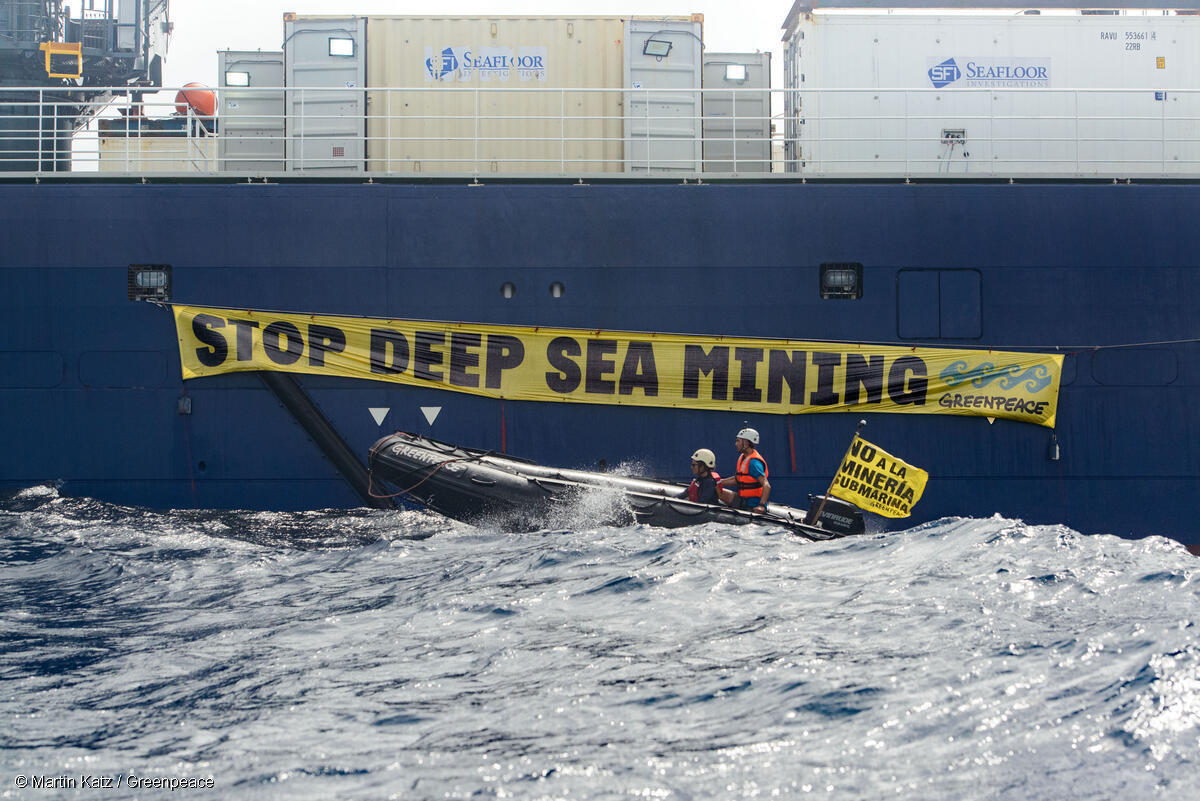Transcript below.
Flotsam: big news from the bottom of the sea
We’ve got a problem with antibiotics. If we use them too much, they stop working. Which means biologists are constantly on the hunt for new antimicrobial compounds. One of the most promising sources of new antibiotics are sponges. In the last 20 years, 145 different novel antimicrobial compounds have been found in marine sponges.
And, for the first time, that list now includes a deep-sea glass sponge. These glass sponges, which dwell in the deep north Atlantic, play host to bacteria that produce antimicrobial compounds that kill MRSA along with other drug resistant pathogens.
Hey it’s a good new story for once!
Except, of course, the deep sea is threatened by myriad human ventures, which is yet another reason that we need to dramatically increase the pace of ocean exploration ahead of any extractive industry and secure strong protection for biodiversity in areas beyond national jurisdiction.
The deep ocean is so much weirder than you can possibly imagine.
Jetsam: what bubbled up this week
A humpback whale that entered the Thames River just in time for the Extinction Rebellion protests died. The cause of death has not been determined.
It’s tough to manage something you can’t see. The Clearwater Box is a fluid filled camera system that can create clear video of oyster reefs in the murky Chesapeake Bay. The platform was successfully deployed in Virginia’s Lafayette and Lynnhaven rivers.
Despite committing to sustainable fishing practices, the global fishing industry continues to increase pressure on dwindling fish stocks. Ocean-faring nations spent $22 billion on harmful fishing subsidies last year.
The World’s largest containership is under construction at Samsung Heavy Industries. The 27,764 Twenty-foot equivalent unit ship will haul cargo for Evergreen Marine Corporation.
Lagan: science news that’s peer-reviewed
Wow, we managed to make it this far without talking about plastic. In Multidecadal increase in plastic particles in coastal ocean sediments researchers in California have conducted the first long-term assessment of microplastic accumulation in ocean sediments. By taking sediment cores in the Santa Barbara Basin, they were able to assess the accumulation of microplastics from 1834 to 2009. Plastic accumulation increased exponentially after 1945, with fibers comprising the vast majority of microplastic contamination. This study provides further support for the Anthropocene as a geologic epoch with distinct signals and links the Great Acceleration to post-Second World War industrial development.
Not surprisingly, they found that plastic deposition was strongly correlated with plastic production, suggesting that, of course, the best way to keep plastic out of our oceans is to produce less plastic.
From the Engine Room
Last week I mentioned that ABS is not a good material for 3D printing ocean tools and a few people asked why. ABS is one of the more noxious materials used in 3D printing, with fairly nasty fumes that require really good ventilation to work with. On top of that, printed ABS has been shown to be toxic to marine life, though in very concentrated dosages. It’s generally been on the way out in the 3D printing world, since it’s not a particularly versatile material in general, so you’re better off avoiding it unless you have a specific need.
So what do I use? For almost everything, PLA. PLA is your basic corn plastic, so it’s not a product of oil refining. It’s Generally Regarded As Safe which is a not-very-informative food safety rating, and, if you have a hot enough composter, it will compost. But, keep in mind, no structural 3D printing material biodegrades efficiently in seawater, so all of it will become ocean plastics if you don’t keep track of your trash. Unless you have specific or exotic needs, PLA is almost always going to be your best choice.
And while we all dream of the circular 3D printing cycle, where used prints are reconstituted into new filament for the next print, we’re not quite there yet.
Thank you for watching. Don’t forget to subscribe and ring that ship’s bell. If you want to support the Weekly Salvage, head on over to my Patreon campaign. And to read more about 3D printing and the environment, check out the links below.

